Ancient of Days
William Blake’s Ancient of Days is a favorite image among architects as it depicts God as an architect, creating the world. As megalomaniacal as this statement is, it is also incorrect. And what does this have to do with Projection?
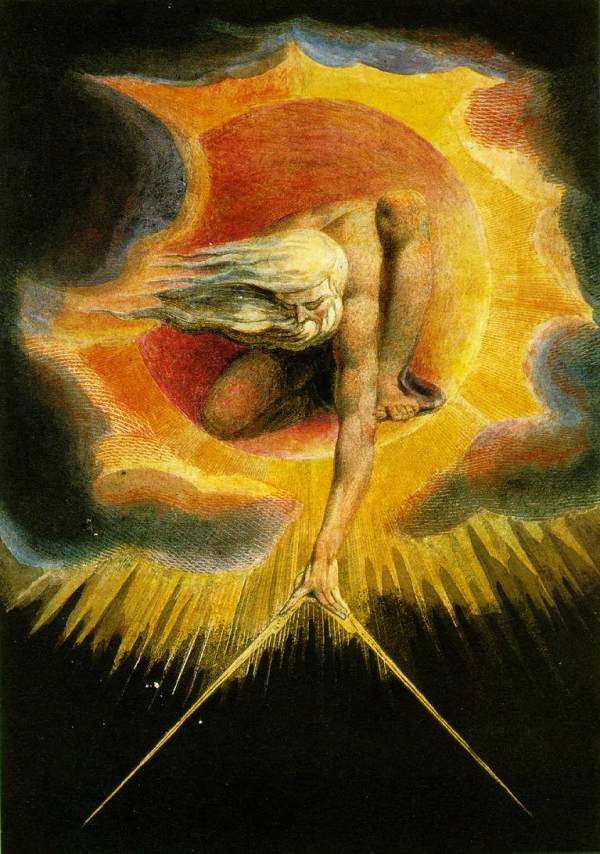
William Blake, The Ancient of Days, 1794. This illustration by Blake depicts Urizen, a being of reason and logic, creating the world.
First, Blake is not depicting God. This is Urizen, a character Blake invented as part of his complex mythology. Urizen is a mythical being of reason and logic, enemy of spirits of love and denier of passion. Not exactly God, but the embodiment of a “scientific” paradigm, dispassionate and precise.
What I find intriguing is the relationship Blake makes between Urizen’s tool and position within the sun. The tool is not a compass to draw circles, but a divider. The divider is often seen at sea, as navigators “walk” dividers across a map to determine distances. It is a useful tool, a device conceptually aligned with the principles of projection: empirical precision, limiting calculation and numerical measurement in favor of advantageous use of graphical alignments. Projection tools excel in translation, enabling the user to quickly transmit information without calculation. Euclidian geometry is based in this premise: a compass and a straight edge can divine many complex mathematical puzzles. Any eighth-grader knows the simple power of these tools to bisect an angle without any calculation. Variations on the divider offer even more powerful automation:
Blake’s image ties several lines of inquiry together, seen throughout various symbolic depictions of light, the sun, its shadow, and projection (and its tools). Dividers and squares, straightedges and compasses are visible in a variety of historic symbols and imagery, such as the Freemasons:
And in the below rendition of the Masonic emblem, the all-seeing eye pyramid emanates rays of light, also connecting the geometer’s tools with the translation power of light rays:
The Eye of Providence, familiar from the Great Seal of the United States, prominently featured on the reverse of the current One Dollar bill, has ancient origins, from the Egyptian Eye of Horus:
to Christian depictions of God’s oversight:
But beyond symbolic relationships, there is an ancient projection relationship documented in the Eye’s Pyramid home. The pyramid, seen as a capstone on a larger pyramid, is actually a Benben Stone, ancient symbol of the primordial origins of life and, more importantly, a shadow maker. The caps of both funerary pyramids and obelisks are gilded benben stones called benbenet. Obelisks are gnomons; they cast precise, linear shadows, that enable the observer to mark time and the seasons. Looking at the symbology via projective parameters, the “glory of the light” as a metaphor is less telling than the practical and applied methodology of the shadow. The benben stone is drawn as the giver of light, but it sits atop an obelisk or a pyramid, whose shadow is not mystical, but a technology. The cast shadow of ancient structures would clearly lead to worship for the useful information it yields: temporal data for measuring the seasons as well as astrological alignments and orientation. When the Freemasons and William Blake** render the sun, a projection tool, and an intermediary (Urizen or the Eye of Providence), they are drawing connections between the power of the shadow as an ancient technology and the cults of worship that surround them.
———————————————————————————————————————————————–
*For a thorough analysis of the letter G in Masonic symbolism, click here.
**There is no evidence that William Blake was a Freemason, but he did apprentice to James Basire, who lived across the street from a Masonic Temple and Blake was friends with Freemasons and other organized societies.
About this entry
You’re currently reading “Ancient of Days,” an entry on projection systems
- Published:
- 24 September, 2009 / 11:47 pm
- Category:
- Art/Artists, Cartography & Surveying, History, Light/Shadow
- Tags:

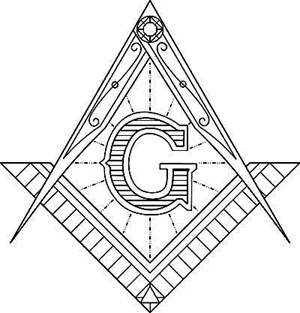
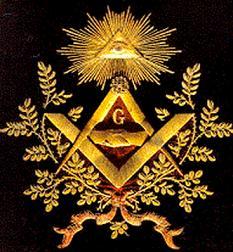
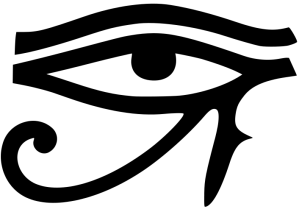
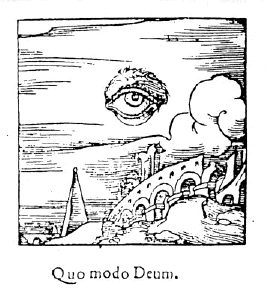

1 Comment
Jump to comment form | comment rss [?] | trackback uri [?]